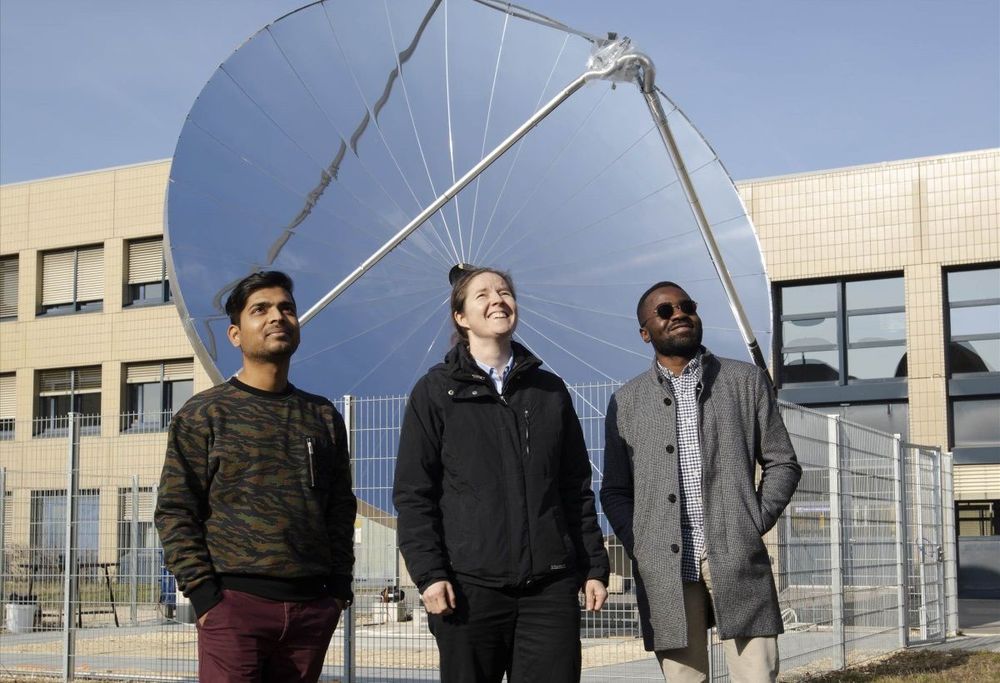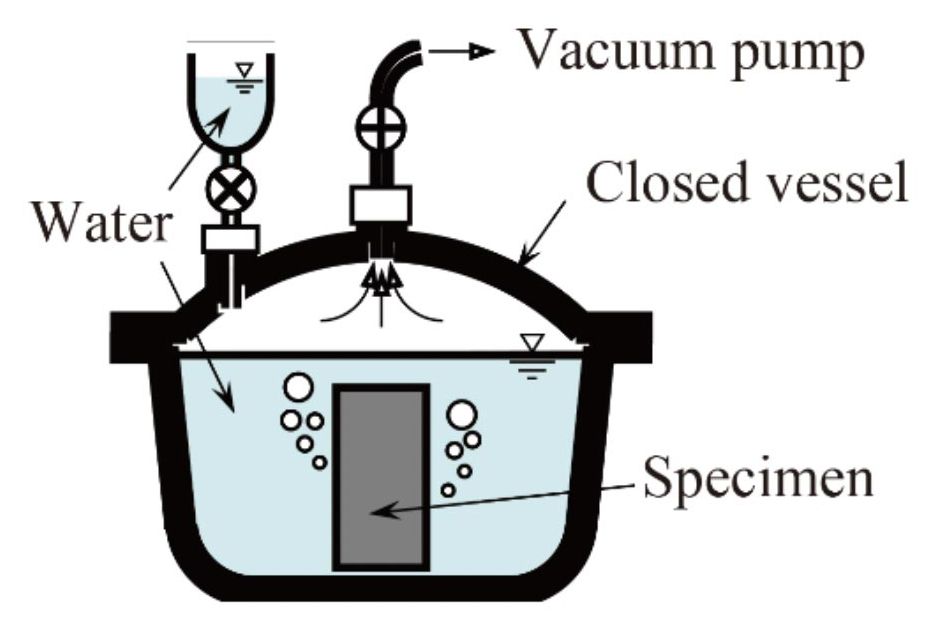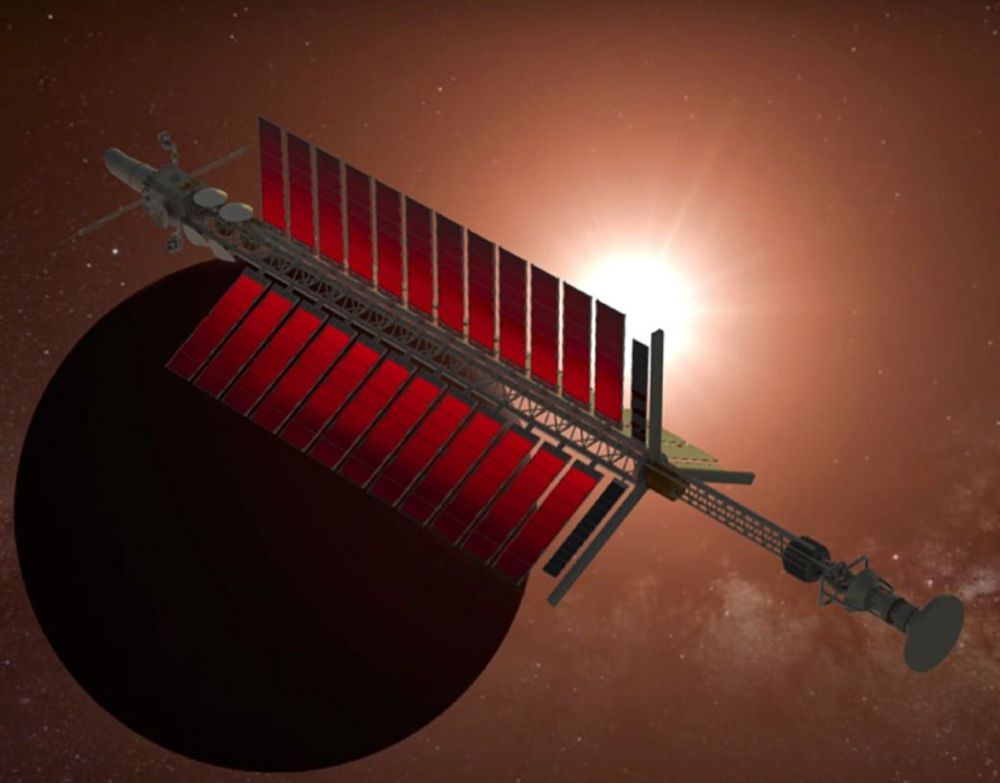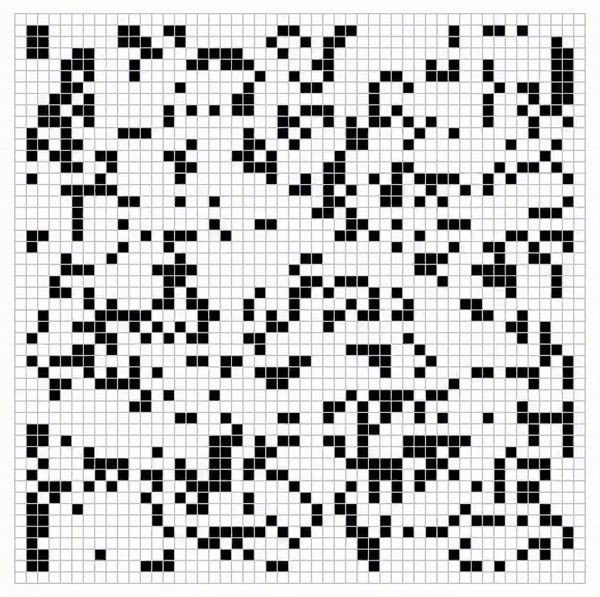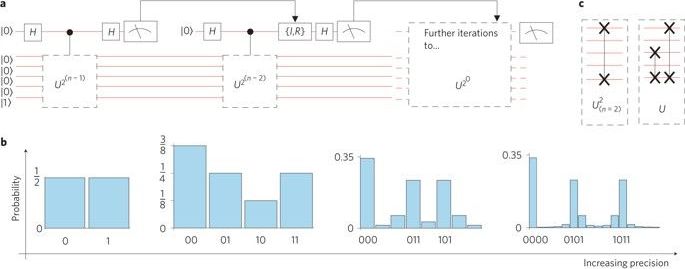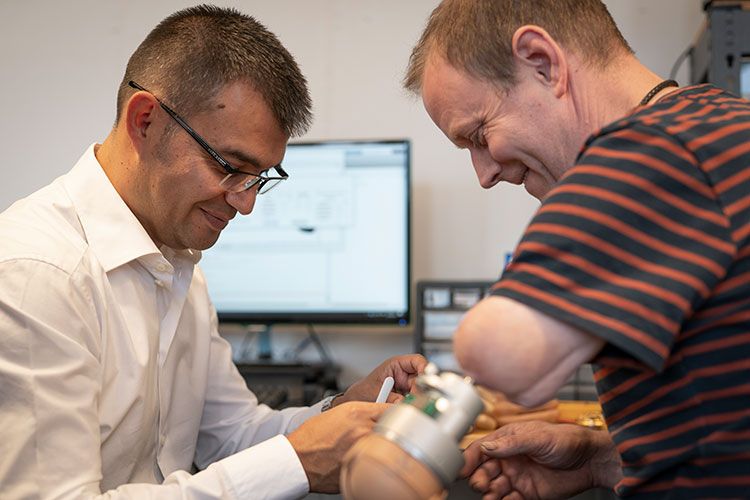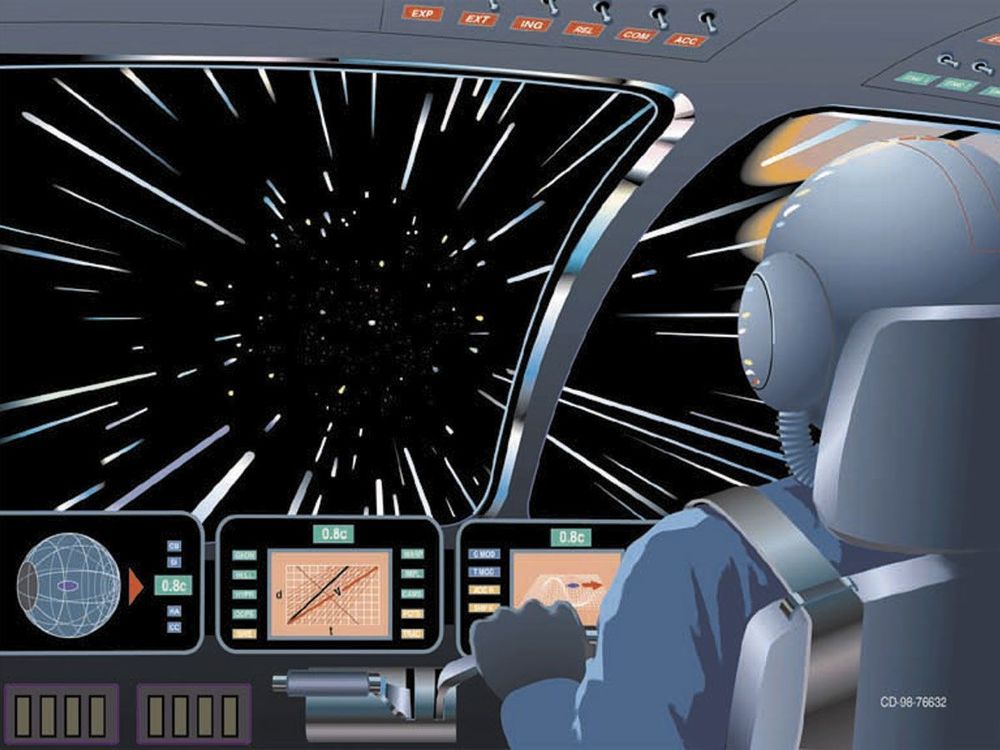System could be scaled-up to supply clean and renewable energy.
A research team including Kanazawa University tests the impact response of the world’s hardest concrete.
Concrete is the most widely used building material in the world and consequently is being continuously developed to fulfill modern-day requirements. Efforts to improve concrete strength have led to reports of porosity-free concrete (PFC), the hardest concrete tested to date. Some of the basic properties of PFC have already been explored, and now a team including Kanazawa University has probed the impact response of this innovative material. Their findings are published in International Journal of Civil Engineering.
Ultra-high-strength concrete offers significant advantages including reducing the weight of large structures and protecting them against natural disasters and accidental impacts. PFC is an ultra-high-strength concrete whose properties can be further enhanced by incorporating steel fibers.
James Woodward Space Studies Institute, Inc.
We propose to study the implementation of an innovative thrust producing technology for use in NASA missions involving in space main propulsion. Mach Effect Gravity Assist (MEGA) drive propulsion is based on peer-reviewed, technically credible physics. Mach effects are transient variations in the rest masses of objects that simultaneously experience accelerations and internal energy changes. They are predicted by standard physics where Mach’s principle applies as discussed in peer- reviewed papers spanning 20 years and a recent book, Making Starships and Stargates: the Science of Interstellar Transport and Absurdly Benign Wormholes published in 2013 by Springer-Verlag.
In Phase I we achieved the following:
Circa 2012
Quantum computational algorithms exploit quantum mechanics to solve problems exponentially faster than the best classical algorithms1,2,3. Shor’s quantum algorithm4 for fast number factoring is a key example and the prime motivator in the international effort to realize a quantum computer5. However, due to the substantial resource requirement, to date there have been only four small-scale demonstrations6,7,8,9. Here, we address this resource demand and demonstrate a scalable version of Shor’s algorithm in which the n-qubit control register is replaced by a single qubit that is recycled n times: the total number of qubits is one-third of that required in the standard protocol10,11. Encoding the work register in higher-dimensional states, we implement a two-photon compiled algorithm to factor N = 21. The algorithmic output is distinguishable from noise, in contrast to previous demonstrations. These results point to larger-scale implementations of Shor’s algorithm by harnessing scalable resource reductions applicable to all physical architectures.
The advance is unique: the patients have used a mind-controlled prosthesis in their everyday life for up to seven years. For the last few years, they have also lived with a new function – sensations of touch in the prosthetic hand. This is a new concept for artificial limbs, which are called neuromusculoskeletal prostheses – as they are connected to the user’s nerves, muscles, and skeleton.
US Defence Advanced Research Projects Agency (DARPA) researchers released a custom version of Android designed to simplify inclusion of stringent safeguards by app developers, in a bid to address concerns around data privacy.
The open-source Privacy Enhancements for Android (PE for Android) platform was built by teams at Two Six Labs and Raytheon BBN Technologies as part of DARPA’s privacy-focused Brandeis programme.
Brandeis programme manager Joshua Baron told Mobile World Live the platform aims to address a knowledge gap among app developers, which researchers found often aren’t familiar with “the expected privacy disclosures or regulations that may guide their application’s use”.
FastNICs seeks to improve network stack performance by 100x or more, and to accelerate distributed applications like training deep neural networks.
Perspecta has secured a four-year, $29.9M contract from the Defense Advanced Research Projects Agency to research hardware components.
An internal attainability report proposes the organization maybe, or possibly that going through collapsed space is a piece of the NASA interstellar spaceflight menu.
In the report, propelled impetus physicist Harold “Sonny” White clarifies the thoughts of a hypothetical physicist (and companion) Miguel Alcubierre. He at that point portrays an “oddity” in Alcubierre’s work, and how that Catch 22 may be set out to make a working model.
The conversational term “twist drive” has originated from sci-fi, and it alludes to sub-luminal (not exactly the speed of light) head out that complies with Einstein’s hypothesis of general relativity yet at the same time pushes speed to total most extreme that is hypothetically conceivable. In the Star Trek canon, dynamic structures come consistently nearer to a theoretical obstruction—the manner in which genuine researchers keep on slashing ever nearer to supreme zero. In actuality, light speed is the hindrance.
